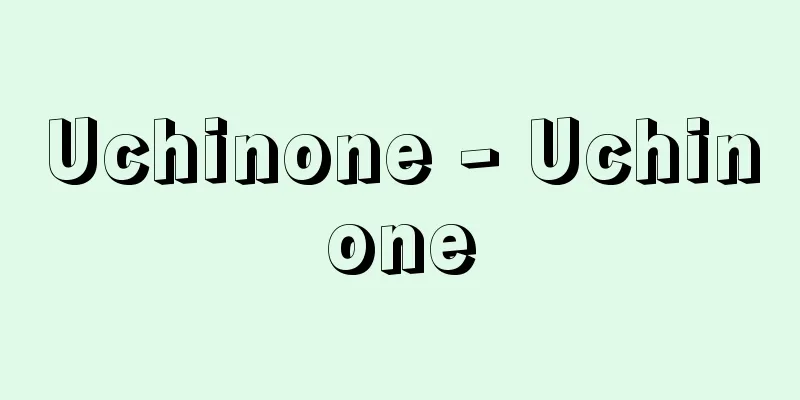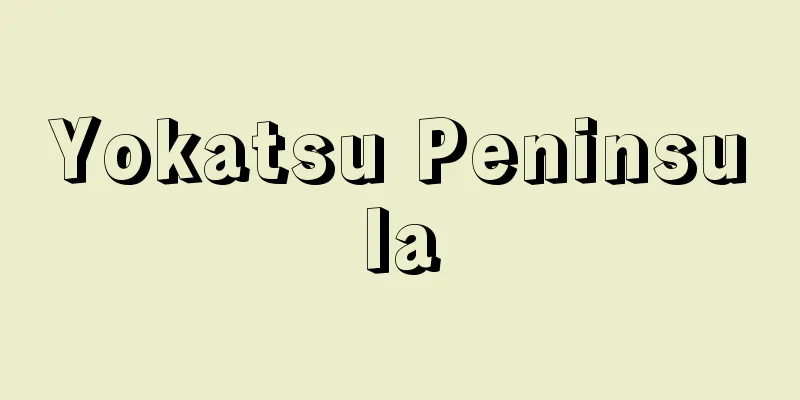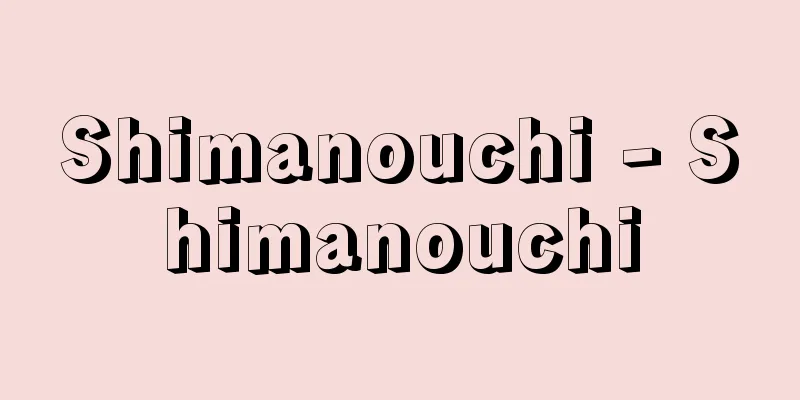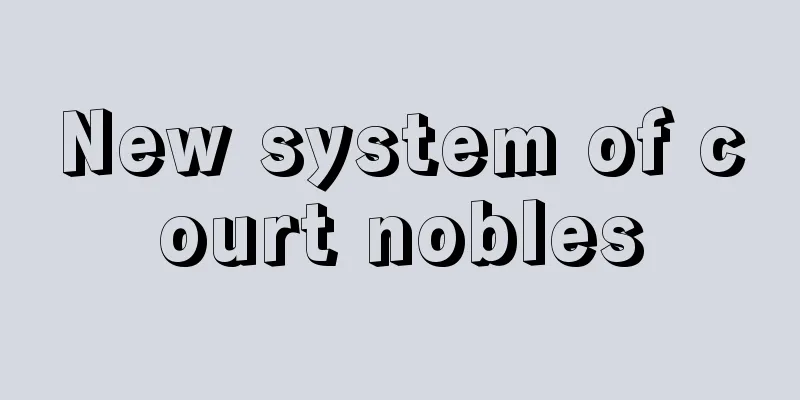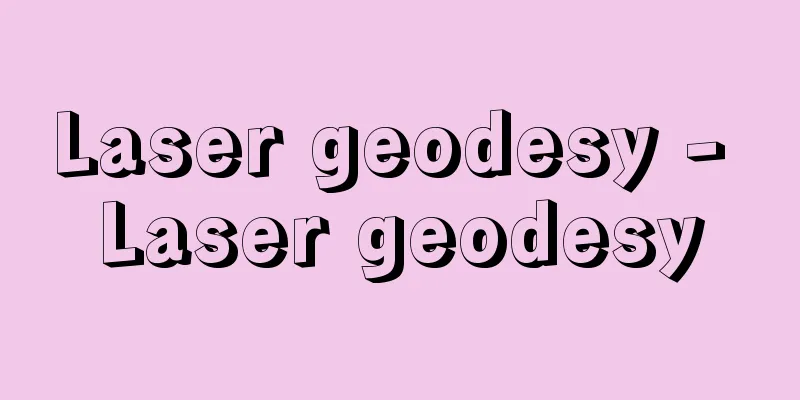Koppou

|
〘noun〙① The bone structure of the body. Skeleton. Also used to refer to bone appearance. Also used to refer to buildings. ※Kaifuso (751), Biography of Prince Otsu, "The prince's bone structure is indistinguishable from that of a man or a subject." [Records of the Grand Historian, Biography of Huaiyin Hou]② A fundamental rule. A basic law. Also, generally, the foundation. A base. ※Koyasan documents - February 12, 1351 (Kan'o 2), Request for peace negotiations between the peasants of Tomobuchinosho lower manor, "In regard to the public affairs of our manor, the laws of the former manors have been revised. After the major inspection and settlement, both small public affairs can be settled with the bone structure. " ③ Etiquette, etiquette, and customs. ※Meiho Orai (mid 11th century) Kamisue "In the midst of singing and dancing, there is no more Koppo -ho." ※Koyasanhon Heike (early 13th century) 4 "Will you not forget the Koppo-ho at the mouth of the waterfall? A target arrow pierced by a hawk's feather is pointed at you." ④ The essence of arts and performing arts. Secret technique . Tip. Wind . ※Shakushi Orai (late 12th century) October day "A dancer has been presented with a special selection of Koppo -ho ." ⑤ Abbreviation of "Koppo-yohitsu (Koppo-ho-yohitsu)." [Essay] In the original Chinese usage, it expressed the meaning of the skeleton of the body, but it has come to express the root of things. In particular, in the Middle Ages, as in ③, it was used to express traditional customs, etiquette and customs, as well as the fundamental techniques of scholarship and the arts, the workings of excellent intuition and the essence of things. Source: The Selected Edition of the Japanese Language Dictionary About the Selected Edition of the Japanese Language Dictionary Information |
|
〘名〙① 身体の骨ぐみ。骨格。また、骨相。建造物などにもいう。※懐風藻(751)大津皇子伝「太子骨法、不二是人臣之相一」 〔史記‐淮陰侯伝〕② 根本となる規定。基本的な法規。また、一般的に、基礎。基盤。※高野山文書‐観応二年(1351)二月一二日・鞆淵庄下司百姓和談起請置文「於二当庄公事法一者、准二旧領諸庄例一、大検注治定以後、細々公事、両方共可レ定二骨法一」③ 礼儀、故実などの作法。※明衡往来(11C中か)上末「就レ中歌舞事已以無二骨法一」※高野本平家(13C前)四「滝口の骨法(コッハウ)わすれじとや、鷹の羽にてはいだりける的矢一手ぞさしそへたる」④ 芸術、芸事などの神髄。奥儀(おうぎ)。こつ。風(ふう)。※釈氏往来(12C後)一〇月日「舞童、殊撰二定骨法之輩一、被二献覧一哉」⑤ 「こっぽうようひつ(骨法用筆)」の略。[語誌]本来の漢語の用法では、身体の骨格の意味を表わしたが、そこから転じて、物事の根本を表わすようになった。特に、中世では、③のように故実や礼儀作法の有り様やしきたりを表わしたり、学問や芸道の根本的な技法や優れた勘の働きや神髄を表わしたりした。
出典 精選版 日本国語大辞典精選版 日本国語大辞典について 情報 |
Recommend
Ālvār (English spelling)
A general term for 12 saints (one of whom is a wo...
Tsugunobu Sato - Tsugunobu Sato
A military commander in the early Kamakura period...
Multiple independently targetable re-entry vehicle
...By distributing the missiles on a single targe...
The Kanze Tetsunojō Family
...During that time, the 15th Kanze (Sakono) Moto...
Bessarion, Johannes
Born: circa 1400, Trebizond Died November 19, 1472...
Montage (English spelling)
This refers to the "film editing" of mov...
Yradier, S.
...The Havana version became the danza habanera a...
Big-flowered geranium - Big-flowered geranium
...In botanical terms, it is a general term for t...
Actor education - Hiyukyoiku
Teaching the practical skills and basic knowledge ...
Protemnodon rufogrisea (English spelling)
…They are found in Australia and New Guinea. Whil...
Seven Wonders - Nana Fushigi
Seven things that are taken up as mysterious phen...
Alice Story - Alice Story
Two fairy tales written by the English author Lewi...
Karton - karton (English spelling) cartoon English
It is a cardboard, but in terms of painting mater...
Itowaripu Toshiyori - Itowaripu Toshiyori
…A trade method by the Edo Shogunate that control...
Macedo-Rumanian (English spelling)
...In the former Soviet Union, the language of th...


